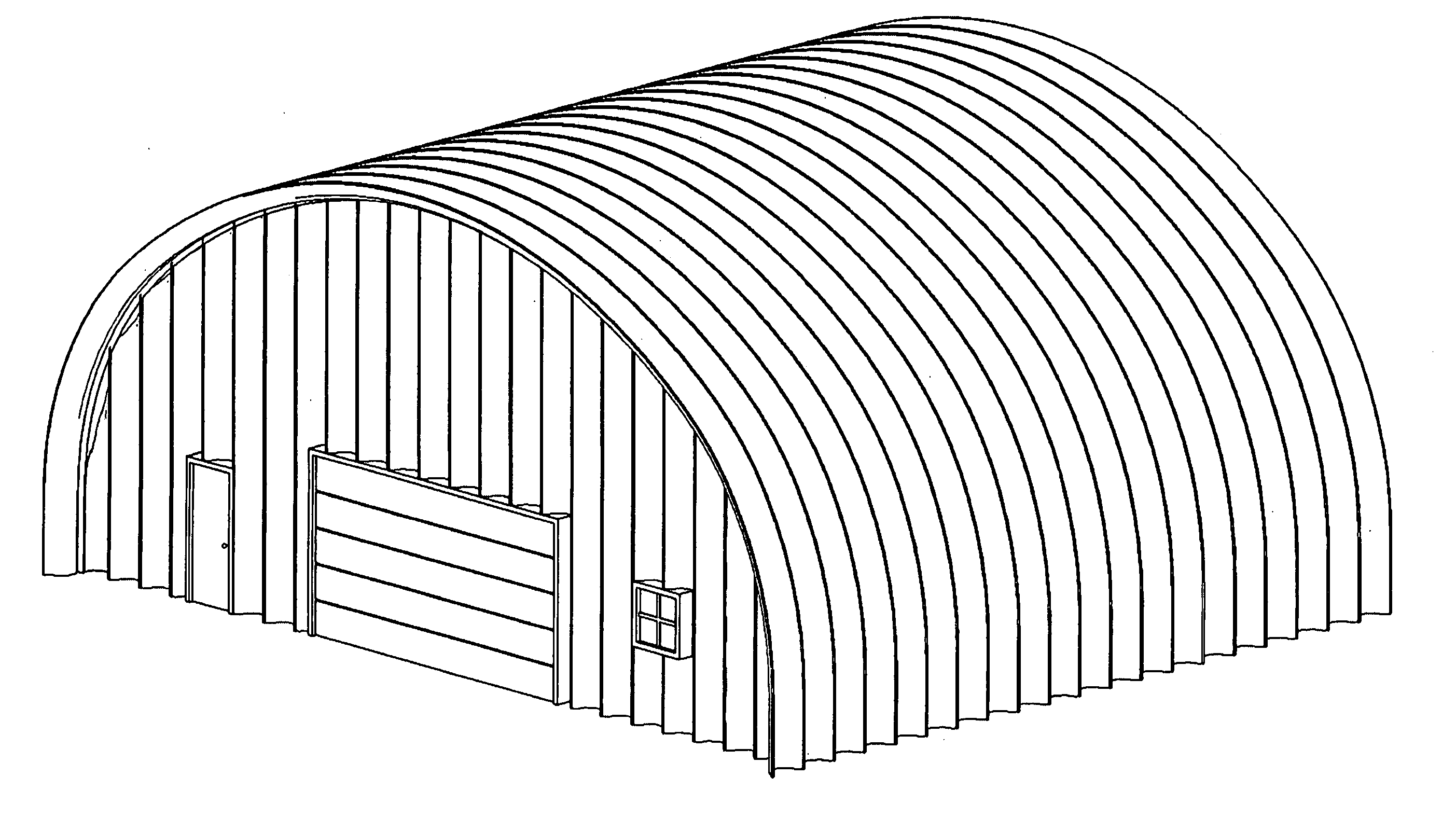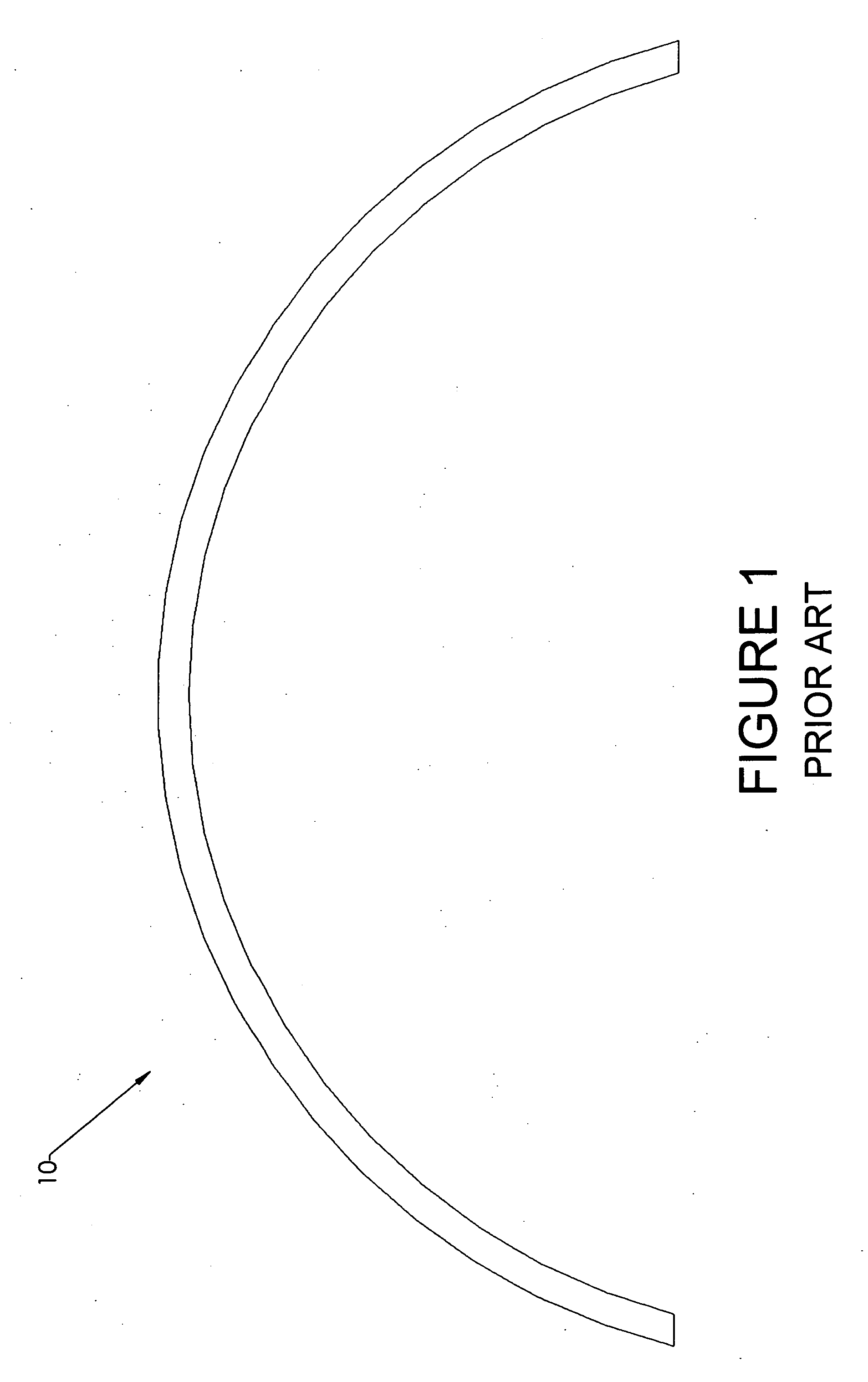Building panel and building structure
a technology for building panels and building structures, applied in the direction of building parts, forms/shuttering/falseworks, roofing, etc., can solve the problems of limiting the shape of buildings that can be quickly constructed, the weight of the panel itself, and the dead load, so as to increase the length of the panel, the effect of increasing the resistance to local buckling, increasing the size of buildings, and increasing the resistance to positive and negative bending moments
- Summary
- Abstract
- Description
- Claims
- Application Information
AI Technical Summary
Benefits of technology
Problems solved by technology
Method used
Image
Examples
Embodiment Construction
[0030] Referring now to the drawings, FIG. 5 shows an improved building panel 200 formed from a single roll of ASTM A-653 steel sheet metal with a thickness ranging from about 24 gauge to 16 gauge. As persons of ordinary skill in the art will recognize, the metal designation is an industry standard. The panel of the present invention can be formed from any type of steel, galvalume, zincalume, aluminum, or any other building material that is suitable for construction. The building panel 200 may be formed of other thicknesses and from other sheet building materials and as long as they possess the desired engineering properties.
[0031] The improved panel 200 is characterized by a center portion having alternating inwardly and outwardly located segments in an approximately radial pattern. For reference purposes, inward means closer to the geometric center of the cross section and outward means farther from the geometric center of the cross section. The combination of the inward segments...
PUM
 Login to View More
Login to View More Abstract
Description
Claims
Application Information
 Login to View More
Login to View More - R&D
- Intellectual Property
- Life Sciences
- Materials
- Tech Scout
- Unparalleled Data Quality
- Higher Quality Content
- 60% Fewer Hallucinations
Browse by: Latest US Patents, China's latest patents, Technical Efficacy Thesaurus, Application Domain, Technology Topic, Popular Technical Reports.
© 2025 PatSnap. All rights reserved.Legal|Privacy policy|Modern Slavery Act Transparency Statement|Sitemap|About US| Contact US: help@patsnap.com



